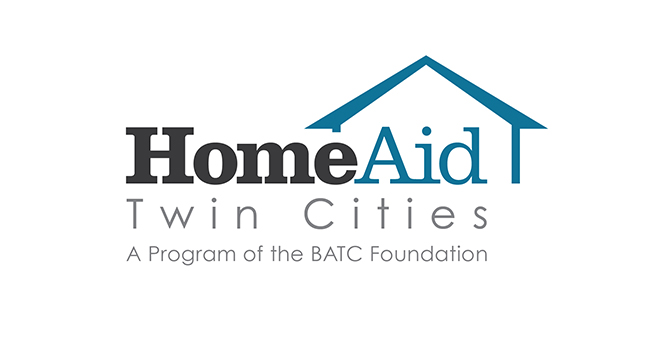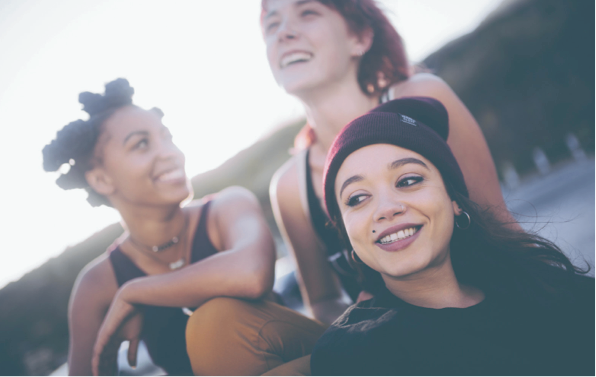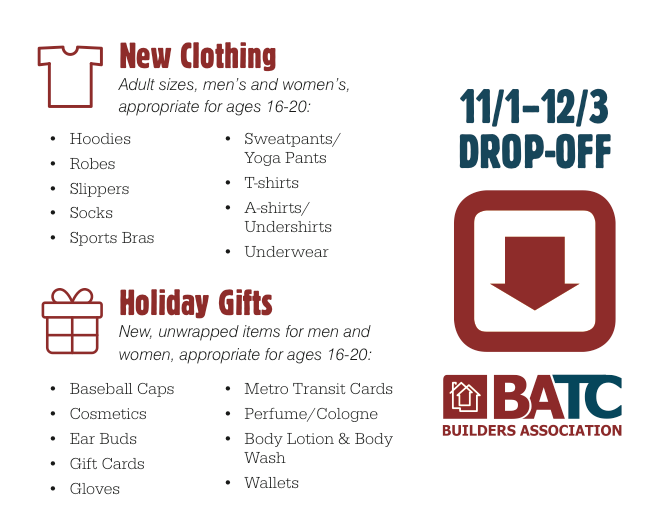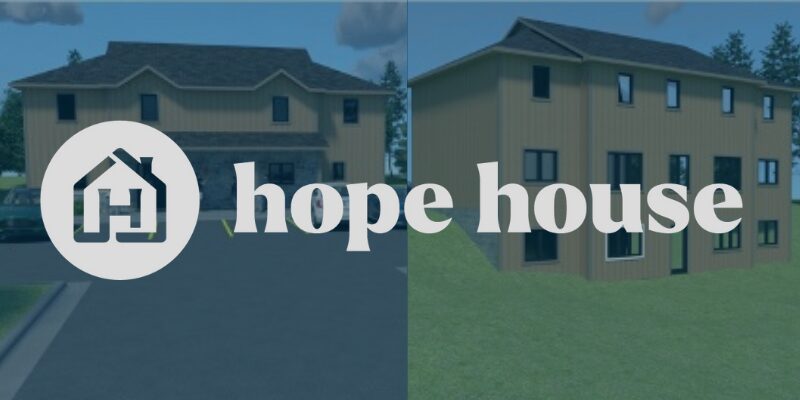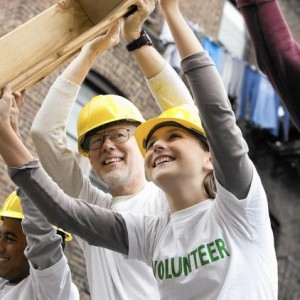It could be the 17-year-old young woman whose dad lost his job and then the family lost their home. They moved in with another family. There wasn’t enough room for everyone, so she went out on her own. She was so close to graduating from high school, but it was tough to do homework when she didn’t know where she’d be sleeping each night. She dropped out.
It could be the girl who grew up with a crack-addicted mother. Her mother moved to another state, and the daughter stayed behind. She didn’t tell any friends or teachers that she slept anywhere she could – sheds, empty buildings, new construction. When winter set in, it got cold.
It could be the 16-year-old whose mother kicked her out of the house when she found out her daughter was a lesbian. She lived from one friend’s home to another until her welcome wore out. She bounced from school to school, running out of options.
There are lots of stories to go with the statistics – stories of how young people became homeless and what happened to them. According to the Wilder Foundation, on any night in Minnesota more than 4,000 youth and young adults are homeless. Homeless youth are disproportionately people of color and victims of violence, be it sexual, physical or emotional abuse.
“Every young person’s story is unique,” according to Deborah Loon, executive director of Avenues for Homeless Youth, an organization that provides emergency shelter, short-term housing and supportive services for homeless youth. But among those stories, economic, racial and cultural disparities are an underlying factor. “What we try to do is to provide a safe place and support them in figuring out how to overcome those disparities,” she says.
About 250 youth each year stay at Avenues an average of 90-120 days with a goal of moving into stable living arrangements.
Finding hope in this situation is the easy part, according to Loon. “Young people are so resilient. They have so much potential. Once they can move out of crisis and survival mode, you can see them start to feel safer and begin to look to their future. They just need a little bit of support to help them along. They have it in them.”
The barriers are the tough part. “We can’t fix all the barriers, the social injustice,” Loon says. Avenues aims to break what is sometimes a cycle of intergenerational poverty in order to help young people with unfair circumstances share the same dreams as other young people who have homes.
About half of the youth leaving Avenues move into a housing program or an apartment of their own.
Imagine if you were a young person who had recently lived on the street and were now setting up your own home space. What resources would you have?
Article contributed by Kathy Magnuson
HOW YOU CAN HELP
Your BATC Foundation’s newest program, HomeAid Twin Cities, is launching this fall with a little help from BATC’s Young Professionals (YPs). Our dedicated young BATC members are facilitating a drive to provide necessities and gifts for the young people who are served by Avenue for Homeless Youth.
Please join us in donating new clothing and gift items for 16 to 20 year old homeless youth. Donations can be dropped at BATC any time before December 3rd or save a trip and bring donations along to the December 3rd BATC Buck Auction.

